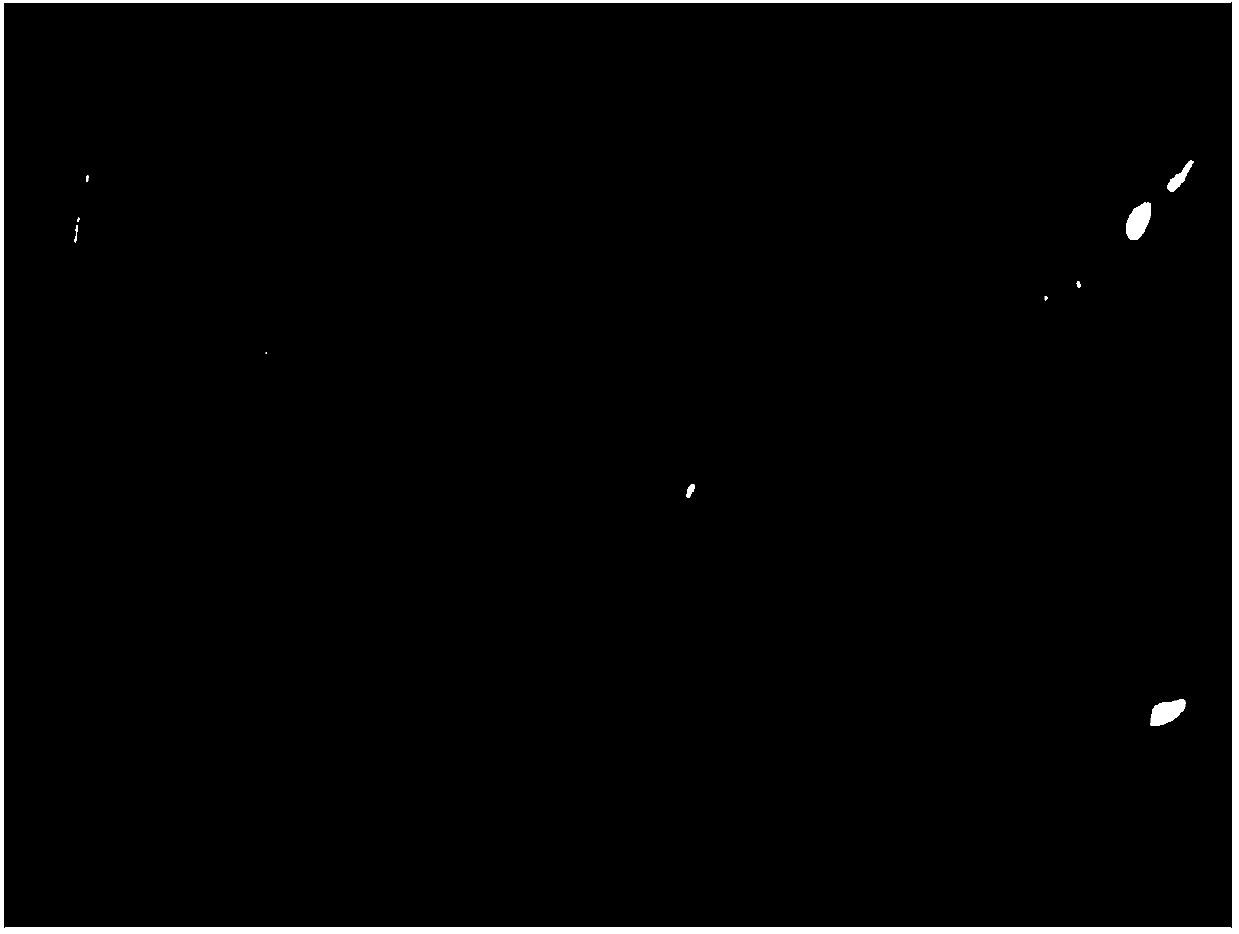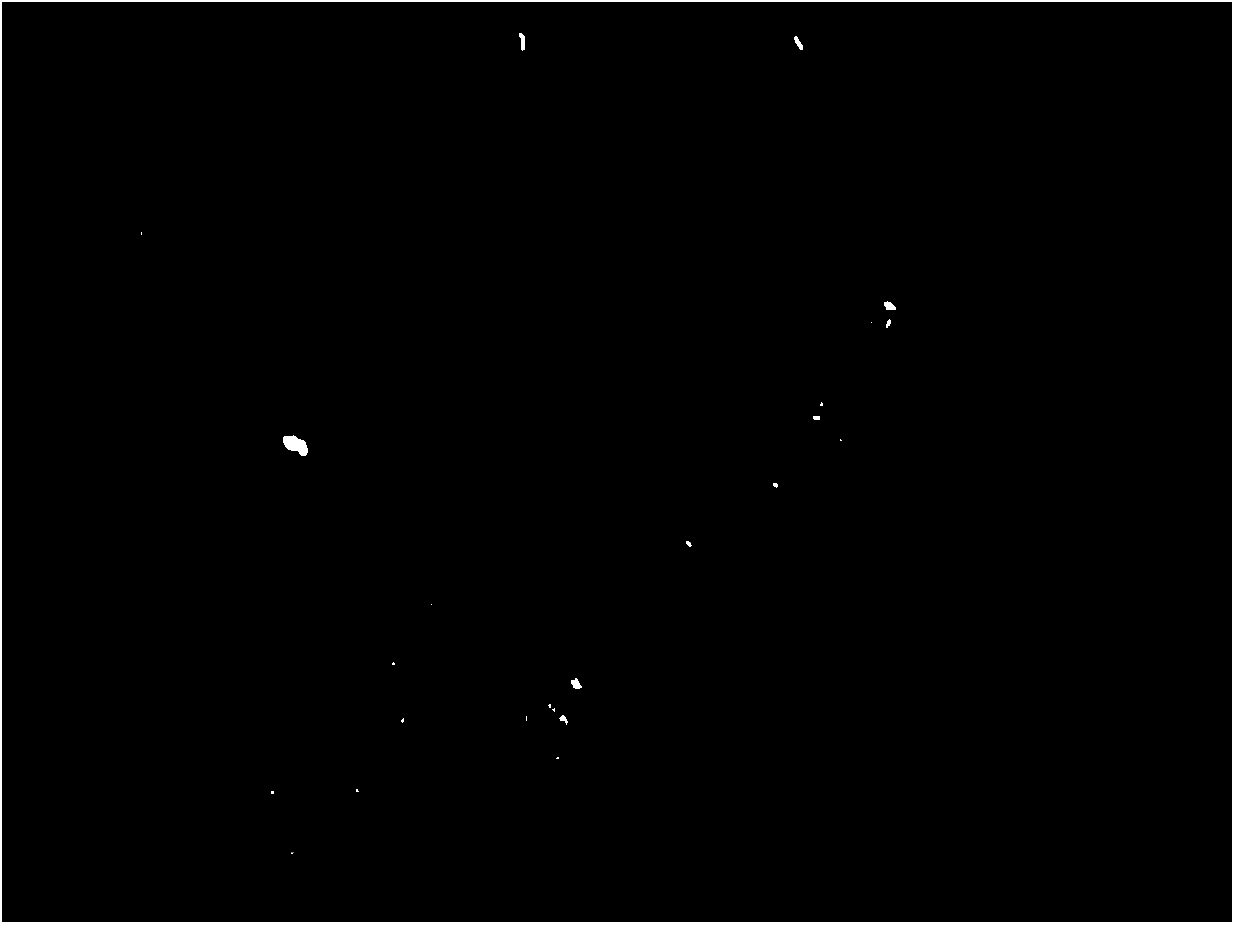Induction method of mature embryo callus of syringa microphylla
A technology of lilac lobularis and callus, which is applied in the field of callus culture, can solve the problems of low induction rate and high callus contamination rate, and achieve the effects of high induction rate, good induction effect and long storage period
- Summary
- Abstract
- Description
- Claims
- Application Information
AI Technical Summary
Problems solved by technology
Method used
Image
Examples
specific Embodiment approach 1
[0016] Specific embodiment one: the induction method of mature embryo callus of Lilac lobularis of the present embodiment, carry out according to the following steps:
[0017] 1. Disinfection and inoculation of explants: Take the mature seeds of Clove lobularis, remove the seed wings and rinse under running water for 10-14 hours, then disinfect them with 70%-75% alcohol for 25s-35s, and rinse them with sterile water Rinse 3 to 5 times, then sterilize with 1% to 3% NaClO for 25 to 35 minutes, rinse with sterile water for 3 to 5 times, cut from the middle of the seed under ultra-clean conditions, remove the radicle, Take out the zygotic embryo and separate the two cotyledons for later use;
[0018] 2. Induction of callus: The zygotic embryos treated in step 1 are induced by MS medium, and cultured in dark at a temperature of 23°C to 25°C and a humidity of 60% to 70%. , wherein the MS medium contains 1 mg / L of 6-BA, 1 mg / L of NAA, 3% by mass of sucrose and 0.7% by mass of agar, ...
specific Embodiment approach 2
[0023] Specific embodiment two: this embodiment is different from specific embodiment one in that: the mature seeds of cloves described in step one are healthy and mature seeds harvested in October of that year. Others are the same as in the first embodiment.
specific Embodiment approach 3
[0024] Specific embodiment three: the difference between this embodiment and specific embodiment one or two is: after removing the seed wings described in step one, rinse under running water for 12 hours, and then disinfect with 70% alcohol for 30 seconds, Rinse 5 times with sterile water, then disinfect with 2% NaClO for 30 min, and rinse 5 times with sterile water. Others are the same as in the first or second embodiment.
PUM
 Login to View More
Login to View More Abstract
Description
Claims
Application Information
 Login to View More
Login to View More - R&D
- Intellectual Property
- Life Sciences
- Materials
- Tech Scout
- Unparalleled Data Quality
- Higher Quality Content
- 60% Fewer Hallucinations
Browse by: Latest US Patents, China's latest patents, Technical Efficacy Thesaurus, Application Domain, Technology Topic, Popular Technical Reports.
© 2025 PatSnap. All rights reserved.Legal|Privacy policy|Modern Slavery Act Transparency Statement|Sitemap|About US| Contact US: help@patsnap.com


